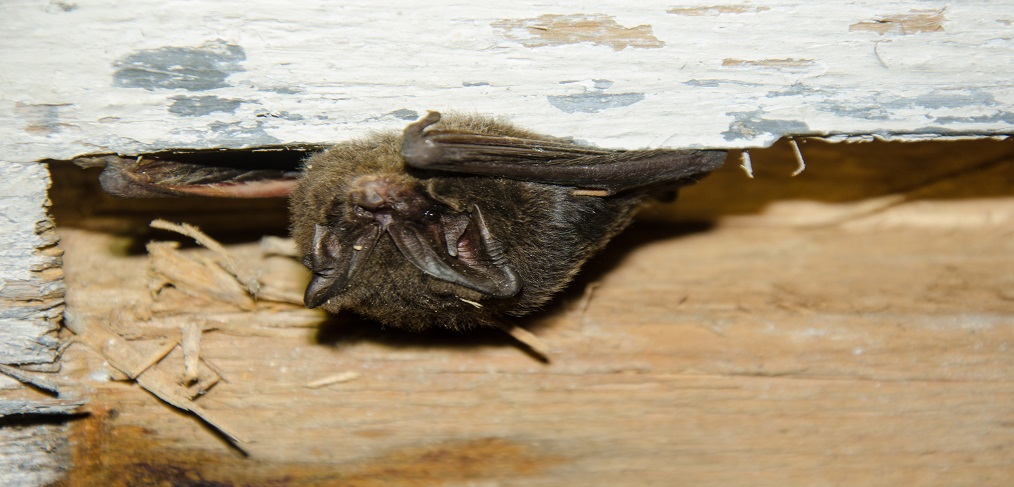
species of the week #8 – western barbastelle
The western barbastelle has been named “Bat of the Year 2020-2021” by BatLife Europe, and is easily recognized by its flat nose (like a pug) and fused ears. However, it is difficult to find.
| Distribution status | Extremely rare |
| Remaining deposits | in the area of Trier, Kaiserlautern, Mayen |
| Last sighting in Rhineland-Palatinate | current |
| Habitat | Light forests with high old tree population |
| Threat | Low deadwood, insect mortality, road construction |
The western barbarstelle lives preferably in deciduous forest with a high proportion of old and dead wood, but it also occurs in park-like landscapes with suitable neighborhood structures. The summer colonies are located in cracks in the trunk or behind the protruding bark of trees. These weekday quarters are changed almost daily. Often the animals hibernate alone and hidden deep in crevices until the next spring.
Because of its loyalty to its habitat, its specialization in small butterflies and its need for a large number of trees with crevices, the pug bat is particularly endangered by changes in its habitat. The removal of old and dead wood can destroy their dwellings. The use of insecticides deprives the pug bat of its food source and even leads to poisoning.
Politically necessary:
– Management plans including the preservation of dead wood and the development of light forests with mosaic-like landscape structures
– Less insecticides
– Reduction of road construction, especially in sparsely populated areas
– Mandatory automatic switch-off for wind turbines
An overview of all species of the week can be found here.
Picture: Pug Bat By JeanRoulin – Own work, CC BY-SA 3.0, https://commons.wikimedia.org/w/index.php?curid=33151288
